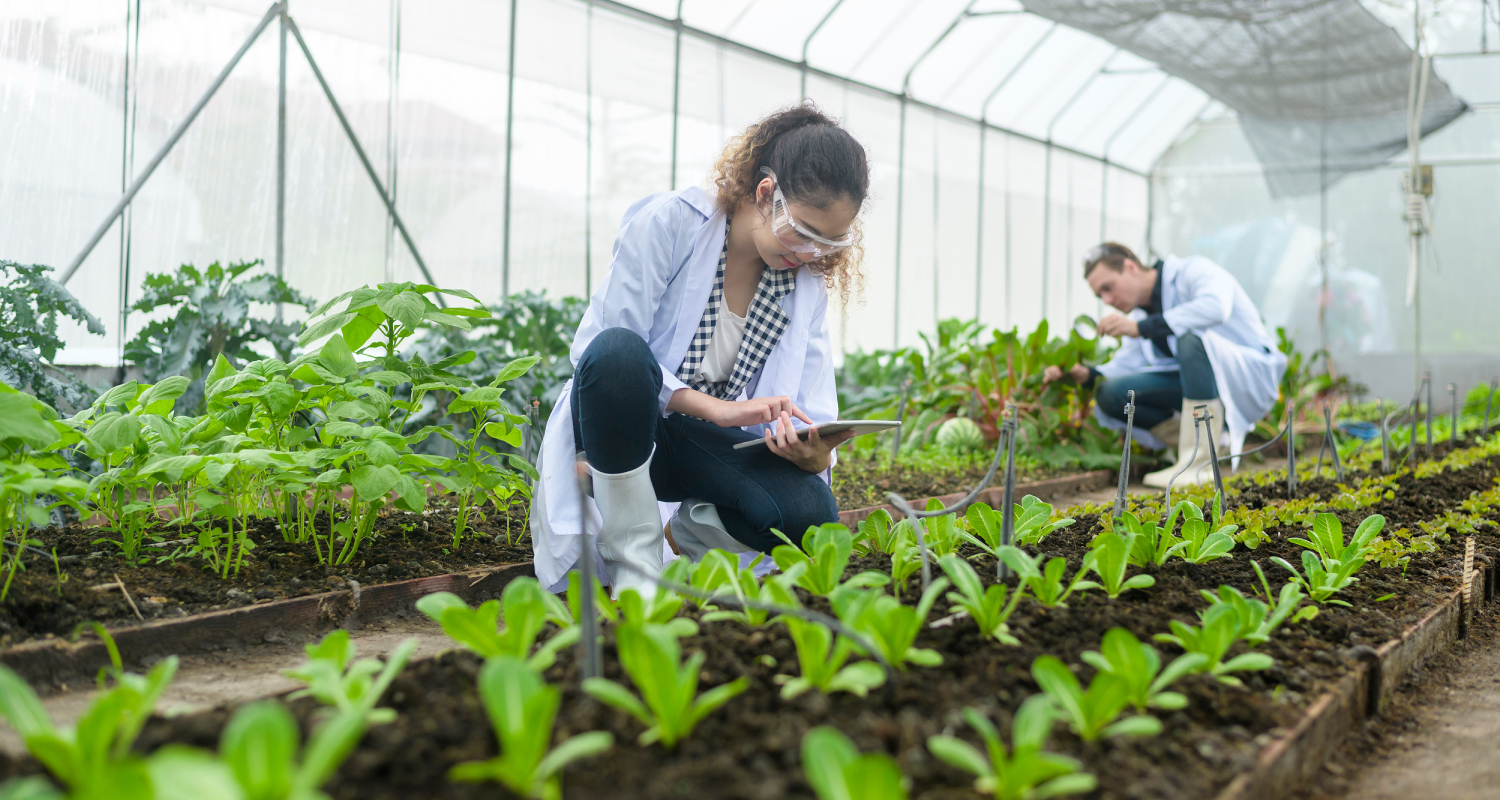In recent years the food industry has seen a rise in the interest, driven by environmental concerns, around the provenance of food and how it is produced. In fact, food traceability become an important component of a food brand’s competitiveness today. Before getting to this more recent trend, we decided to take at how the term ‘Traceability’ emerged in the food industry and what was its focus in previous years.
Defining Food Traceability
Food traceability is a set of practices that makes it possible to track the movement of a product through the food value chain, from the field to the consumer's table. The whole process is verified by a series of documents and it evolves through three main stages: production, processing and distribution.
The concept of traceability can appear to have emerged recently in connection with the environmental impacts of food production. However, the term has been used to track other instances of the food industry.
The first time the term ‘traceability’ appeared was in the 2000s, due to three factors: predominantly to prevent and respond to health crises related to food consumption (mad cow disease, bird flu), and the growing fear of bioterrorism, environmental awareness among consumers was already present but marginal.
The legal framework of food traceability
The term ‘Traceability’ was first used in a regulatory context. Indeed, by analyzing the two largest markets in the world (the U.S. and EU) we find that in the United States the first legislation on this matter appeared in 2002, with the Bioterrorism Act. This set of laws established the famous principle of "one step forward, one step backward". This meant that producers had to always be able to identify the companies they supplied their products to (the step forward) and trace the inputs in the food chain back to the previous supplier (the step backwards).
U.S. legislation has widely evolved since this first act, with the FSMA (Food Safety Modernization Act) dated 2011, which instituted mandatory fast-tracking for food companies with the aim of avoiding health risks. Finally, in 2020, the FDA launched the New Era for Smarter Food Safety project, that is designed to encourage cutting-edge technologies to mitigate health risks and reduce waste and emissions.
In the European Union, meanwhile, the General Food Law Regulation, drafted in 2002, became effective in 2005 and was adapted over the next decade, introducing tools and obligations for operators in the food and animal feed industries. The term ‘traceability’ in the document describes a preventative process within food companies to avoid "the potential for unnecessary wider disruptions in the event of food safety problem."

How did food traceability evolve?
As discussed, food traceability was born from a legal obligation motivated by public health concerns and security reasons, to trace the source of possible diseases and to prevent categorically that food was used to attack countries and societies.
As globalization and international trade have grown, global food supply chains also increased in complexity and with them the pressure to accurately track food’s provenance from producer, to distributors, all the way to consumers across the globe.
At the same time, with the world’s population growing exponentially, and with it also the possibility of being exposed to food shortages, having clear visibility around food supplies has become extremely important. Efficiently monitoring and tracking allows for real-time visibility, making it possible to react quickly in the case of an adverse event, in order to mitigate the effects of an environmental disaster, famine or a war.
In the last decade, environmental awareness and demand for sustainably sourced products has increased among consumers, especially in developed country, and by proxy it has become a core concern for food companies.
Technology plays an increasingly significant role in answering the demand for more information; as digitalization is gaining traction, traceability is becoming increasingly agile, cost-effective and accurate. Blockchain, IoT, barcodes and logistics management systems (WMS) are enabling unprecedented perspectives for both the end consumer and the big players in the industry.
Today’s traceability means more sales
It hasn’t gone unnoticed by food companies and brands that traceability is a powerful marketing tool. According to research by FMI and Label Insight, in 2019, 75 percent of consumers said the presence of detailed information about a product's provenance would influence their purchasing process. In 2016, it was only 39 percent; a 92 percent increase in just three years that speaks volumes: consumers are becoming increasingly aware of what they eat, where it comes from, and how this is produced.
Those players that will not be able to meet this consumer demand, risk missing out on sales and losing to competitors that are gearing up to embrace traceability of their whole supply chain.


Traceability means a more sustainable food system
It’s not only about competitiveness and revenue, many food companies also want to reduce their sourcing, production and distribution carbon footprint as they realize we are at a breaking point where we need to produce more food but we can’t afford more CO2 emissions. Accurate traceability can support companies in many ways to reach their emissions reductions targets and reward suppliers with the same mission.
In fact, it is now possible to analyze stages of their value chain that were previously opaque. Through modern tracking systems, companies can more consciously choose a supplier who works to high quality and environmental standards, leading to a virtuous circle for the entire industry.
In recent years, the practice of insetting has also emerged, as a way for companies to closely monitor their whole value chain, auditing all the processes that encompass production. Carbon emissions reductions via insetting is done by internally tracking the emissions produced in a companies value chain and taking action to reduce them.
What is SoilHive?
Discover more about our other service SoilHive and how it can revolutionize collaboration in the Food & Ag industry and enhance soil data accessibility. Explore more at:




